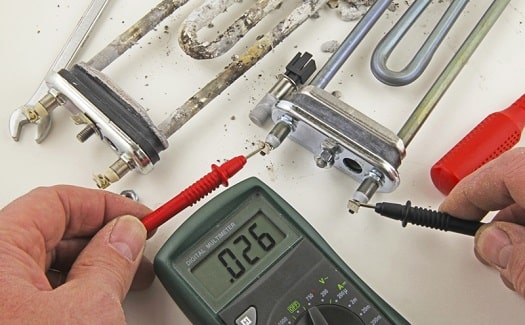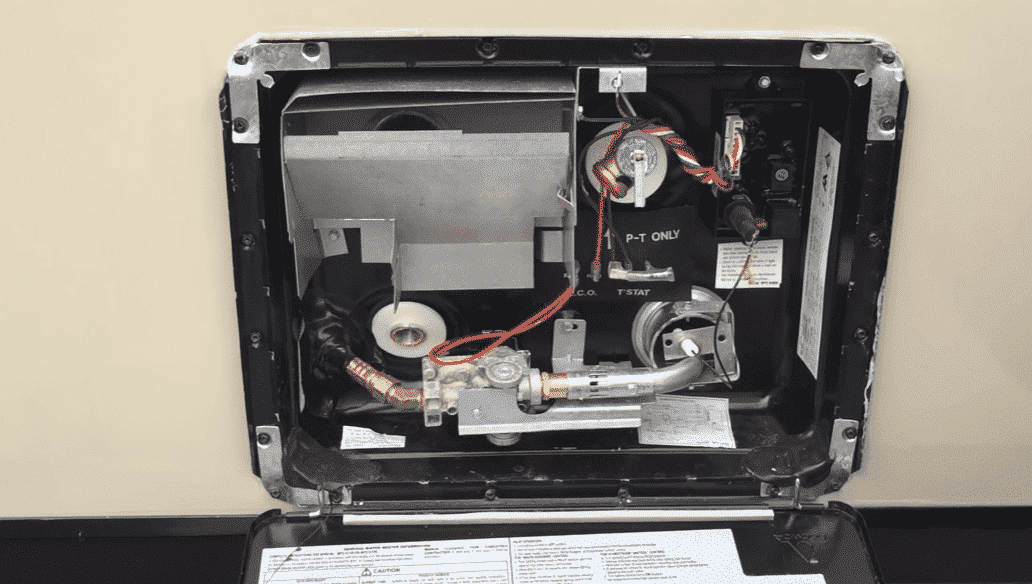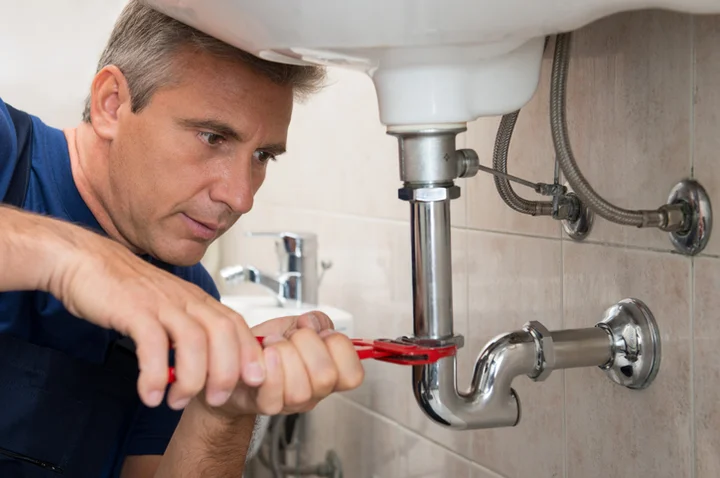1. Check the aerator
If your kitchen sink is experiencing a loss in water pressure, the first thing you should check is the aerator. This small mesh screen is located at the end of the faucet and is responsible for regulating the flow of water. Over time, it can become clogged with mineral deposits and debris, causing a decrease in pressure.
To clean the aerator, unscrew it from the faucet and soak it in a mixture of equal parts water and vinegar for about an hour. Then, use a toothbrush to scrub away any remaining build-up. Rinse the aerator and reattach it to the faucet.
2. Check the water supply
If the aerator is not the issue, the next step is to check the water supply. Make sure that the main shut-off valve is fully open and that there are no other valves that may be partially closed. Also, check if your neighborhood is experiencing any water supply issues that may be causing a decrease in pressure.
If you find that the main shut-off valve is not fully open, turn it clockwise until it is fully open. If you suspect that there may be a water supply issue, contact your local water company for more information.
3. Check the pipes for clogs
Another common cause of low water pressure in a kitchen sink is clogged pipes. Over time, debris and mineral deposits can build up in the pipes, restricting the flow of water. This is especially common in older homes with galvanized pipes.
To check for clogs, turn off the water supply to the sink and disconnect the pipes underneath. Use a wire brush or plumbing snake to clear out any build-up and then reattach the pipes.
4. Check the water pressure regulator
If your home has a water pressure regulator, it could be the source of your low water pressure. This device is responsible for regulating the water pressure coming into your home. If it is malfunctioning or set too low, it can cause a decrease in pressure at your kitchen sink.
To check the water pressure regulator, you will need a pressure gauge. Attach the gauge to an outdoor faucet and turn it on. The recommended pressure for most homes is between 40-60 psi. If your pressure is lower than this, you may need to adjust or replace the regulator.
5. Check the shut-off valve
Similar to the main shut-off valve, each individual faucet also has a shut-off valve that controls the flow of water. If this valve is partially closed, it can cause a decrease in pressure. This is especially common in homes with older plumbing systems.
Locate the shut-off valve underneath the sink and make sure it is fully open. If it is difficult to turn or appears to be damaged, it may need to be replaced.
6. Check the faucet cartridge
If your kitchen sink has a cartridge faucet, the cartridge can become clogged or damaged over time, resulting in a decrease in water pressure. This is especially common in areas with hard water.
To check the faucet cartridge, turn off the water supply to the sink and remove the handle and cartridge. Inspect the cartridge for any build-up or damage and clean or replace it if necessary.
7. Check the water filter
If your kitchen sink has a built-in water filter, it may be the cause of your low water pressure. Just like the aerator, the filter can become clogged with debris and mineral deposits, restricting the flow of water.
To check the water filter, follow the manufacturer's instructions for cleaning or replacing it. This should be done regularly to prevent a decrease in water pressure.
8. Check for leaks in the pipes
In some cases, a decrease in water pressure can be caused by leaks in the pipes. This can be difficult to detect, but look for any signs of water damage or dampness around the pipes under the sink. You may also hear a hissing sound if there is a leak.
If you suspect a leak, it is best to call a professional plumber to properly assess and fix the issue.
9. Check the water heater
In rare cases, a malfunctioning water heater can cause a decrease in water pressure. If your kitchen sink is the only fixture experiencing low pressure, it is unlikely that the water heater is the cause. However, if all of the faucets in your home are experiencing low pressure, it is worth checking the water heater.
Make sure the temperature and pressure relief valve on the water heater is working properly and check for any leaks or damage to the unit.
10. Call a plumber for professional help
If you have gone through all of these steps and still cannot find the cause of your low water pressure, it may be time to call a professional plumber. They have the expertise and tools to properly diagnose and fix any issues with your kitchen sink's water pressure.
Remember, it is always better to address and fix any water pressure issues sooner rather than later to prevent further damage and inconvenience.
The Importance of Proper Water Pressure in Your Kitchen Sink

Why is water pressure important?
 Water pressure
is an essential factor in
kitchen sink
functionality. It determines the speed and force at which water flows out of your faucet. The
pressure of your kitchen sink's water supply
affects everything from washing dishes and filling pots to rinsing fruits and vegetables. When the water pressure in your kitchen sink drops, it can be frustrating and make daily tasks more challenging. However, it's important to address this issue promptly as it can also be a sign of underlying problems in your
house design
.
Water pressure
is an essential factor in
kitchen sink
functionality. It determines the speed and force at which water flows out of your faucet. The
pressure of your kitchen sink's water supply
affects everything from washing dishes and filling pots to rinsing fruits and vegetables. When the water pressure in your kitchen sink drops, it can be frustrating and make daily tasks more challenging. However, it's important to address this issue promptly as it can also be a sign of underlying problems in your
house design
.
Common causes of low water pressure in kitchen sinks
 There are several reasons why your kitchen sink may be experiencing
low water pressure
. One possible cause is a clogged aerator, which is the small screen at the end of your faucet that helps distribute the water evenly. Over time, mineral deposits and debris can build up in the aerator, hindering the flow of water. Another common culprit is a clogged
water filter
in your
house's plumbing system
. A dirty or damaged filter can restrict the water flow and cause
low water pressure
. Additionally, old and corroded
pipes
can also contribute to
low water pressure
in your kitchen sink.
There are several reasons why your kitchen sink may be experiencing
low water pressure
. One possible cause is a clogged aerator, which is the small screen at the end of your faucet that helps distribute the water evenly. Over time, mineral deposits and debris can build up in the aerator, hindering the flow of water. Another common culprit is a clogged
water filter
in your
house's plumbing system
. A dirty or damaged filter can restrict the water flow and cause
low water pressure
. Additionally, old and corroded
pipes
can also contribute to
low water pressure
in your kitchen sink.
How to address low water pressure in your kitchen sink
 If you are experiencing
low water pressure
in your kitchen sink, there are a few steps you can take to address the issue. First, check the aerator and clean out any debris or mineral deposits. If this does not improve the water pressure, it may be time to replace the aerator. You can also check the
water filter
and replace it if necessary. If the problem persists, you may need to call a professional
plumber
to inspect your
house's plumbing system
and replace any old or damaged pipes.
If you are experiencing
low water pressure
in your kitchen sink, there are a few steps you can take to address the issue. First, check the aerator and clean out any debris or mineral deposits. If this does not improve the water pressure, it may be time to replace the aerator. You can also check the
water filter
and replace it if necessary. If the problem persists, you may need to call a professional
plumber
to inspect your
house's plumbing system
and replace any old or damaged pipes.
Incorporating proper water pressure into your house design
 To avoid encountering
low water pressure
in your kitchen sink, it's important to consider proper water pressure when designing your house. This includes installing high-quality
plumbing fixtures
and ensuring the
water supply
to your house can handle the demands of your household. It's also crucial to maintain your
plumbing system
regularly to prevent any build-up or damage that can affect water pressure.
In conclusion,
water pressure
plays a crucial role in the functionality of your kitchen sink. It's essential to address any
low water pressure
issues promptly to avoid inconvenience and potential underlying problems in your
house design
. Regular maintenance and proper installation of plumbing fixtures can help maintain proper water pressure in your kitchen sink and ensure a smooth and efficient water flow.
To avoid encountering
low water pressure
in your kitchen sink, it's important to consider proper water pressure when designing your house. This includes installing high-quality
plumbing fixtures
and ensuring the
water supply
to your house can handle the demands of your household. It's also crucial to maintain your
plumbing system
regularly to prevent any build-up or damage that can affect water pressure.
In conclusion,
water pressure
plays a crucial role in the functionality of your kitchen sink. It's essential to address any
low water pressure
issues promptly to avoid inconvenience and potential underlying problems in your
house design
. Regular maintenance and proper installation of plumbing fixtures can help maintain proper water pressure in your kitchen sink and ensure a smooth and efficient water flow.


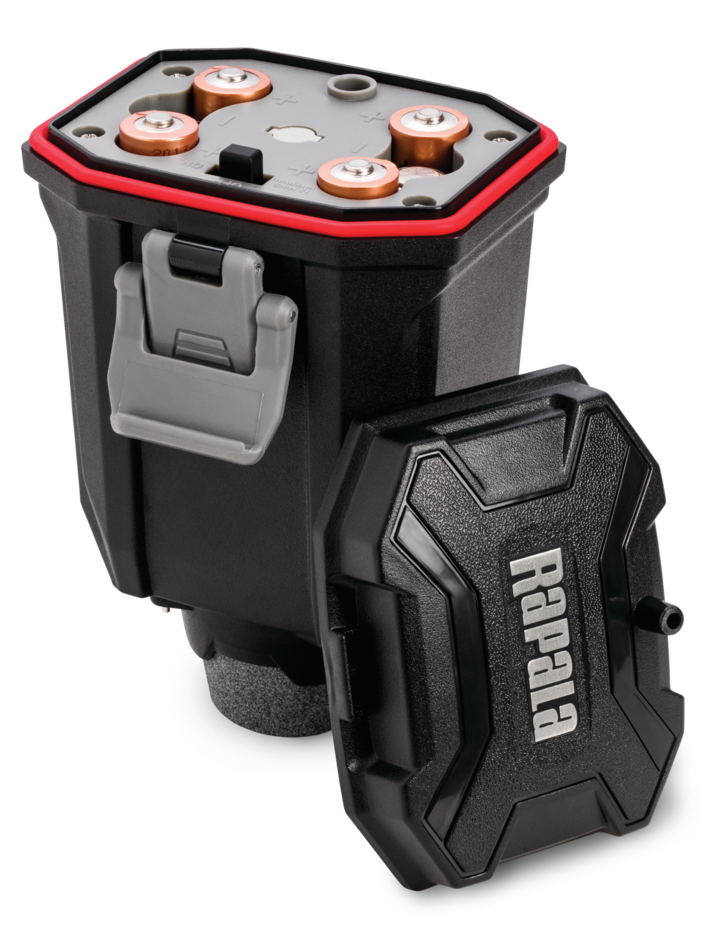
:max_bytes(150000):strip_icc()/CompleteAerator-3e947443dd424faeb92a9c9c0a45d8dd.jpg)
:max_bytes(150000):strip_icc()/RemovingAeratorAssembly-99881d30169b43cebc3fe72f6d4b25b9.jpg)
















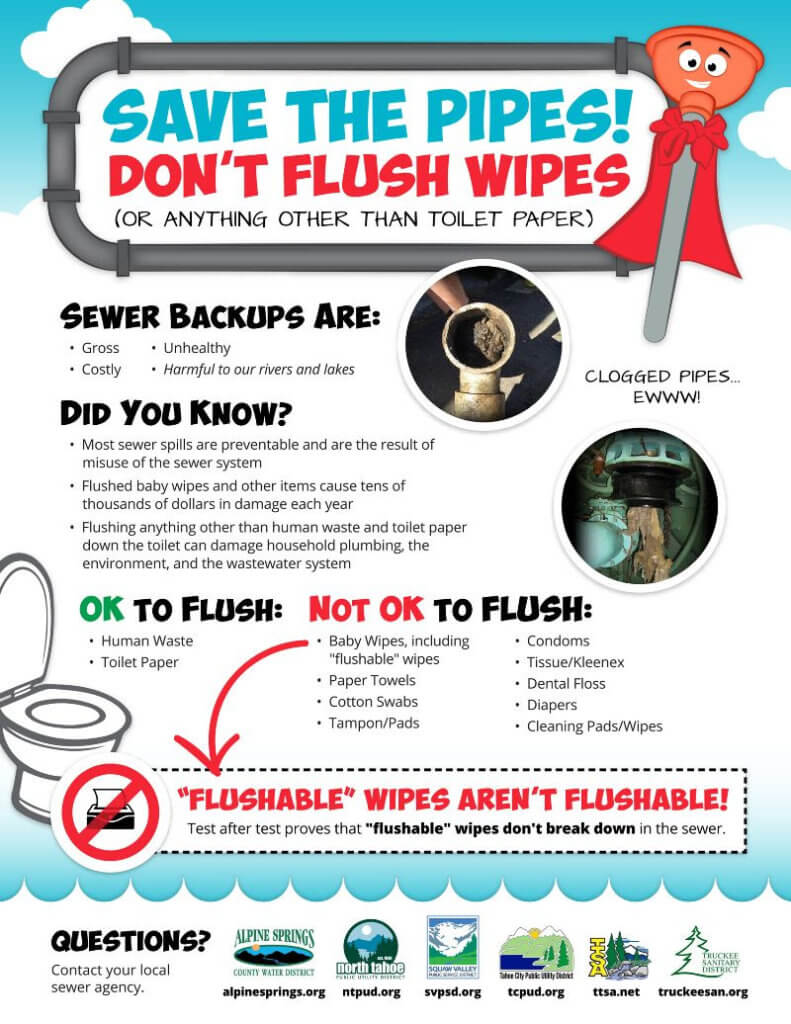












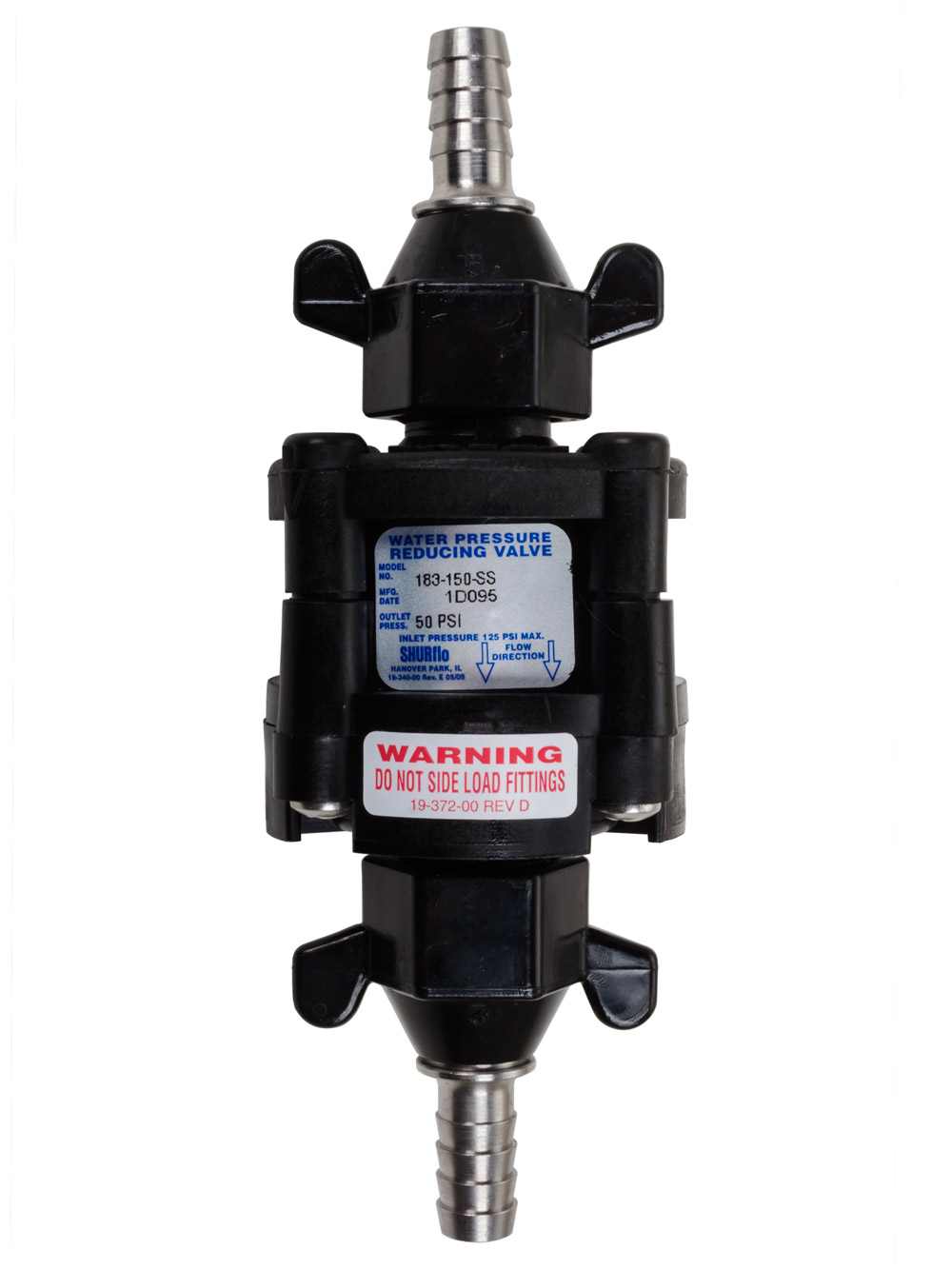


:max_bytes(150000):strip_icc()/the-men-s-hand-opens-the-ball-valve-on-the-collector-1006810456-5c5fc73fc9e77c000159c4af.jpg)





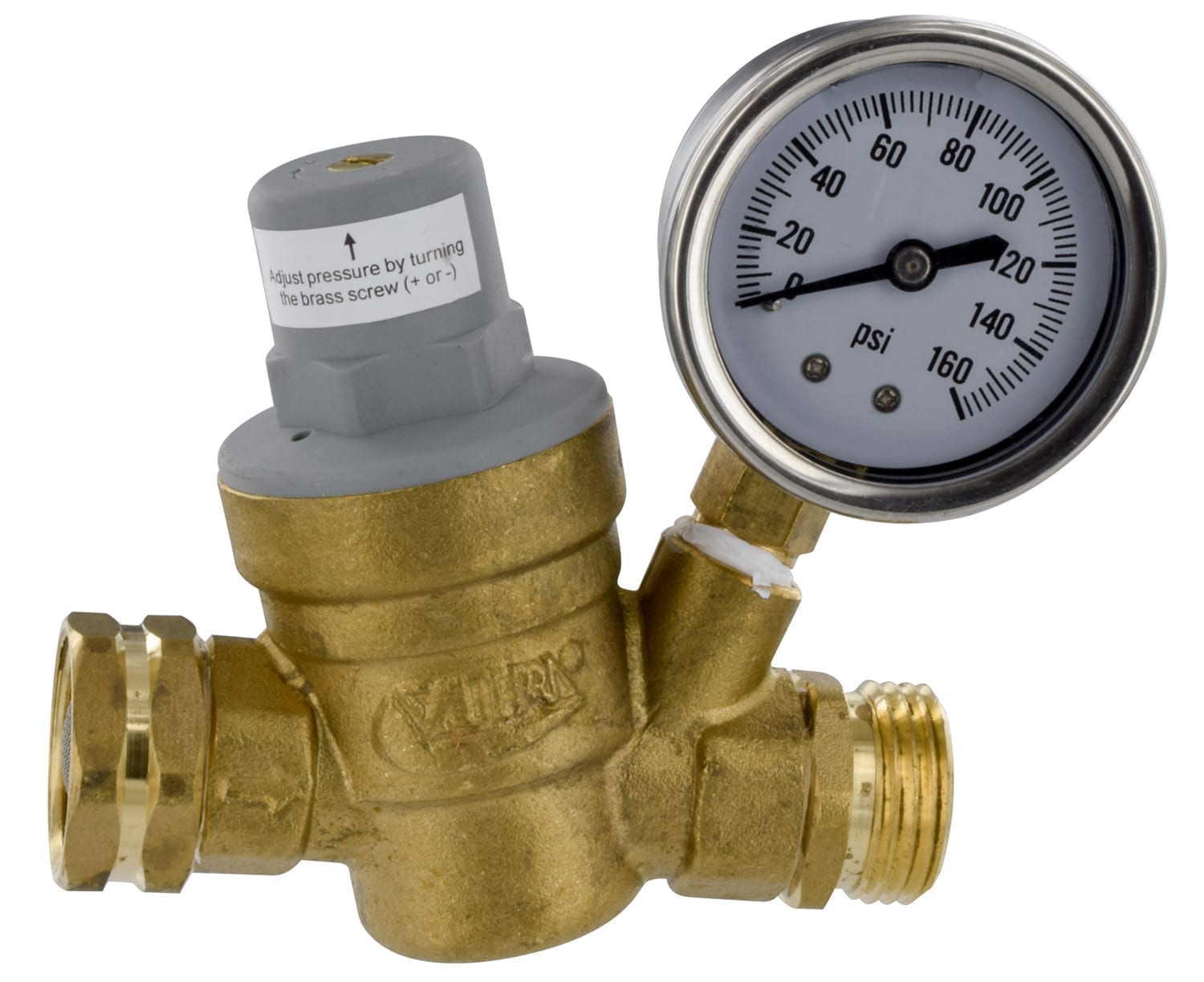




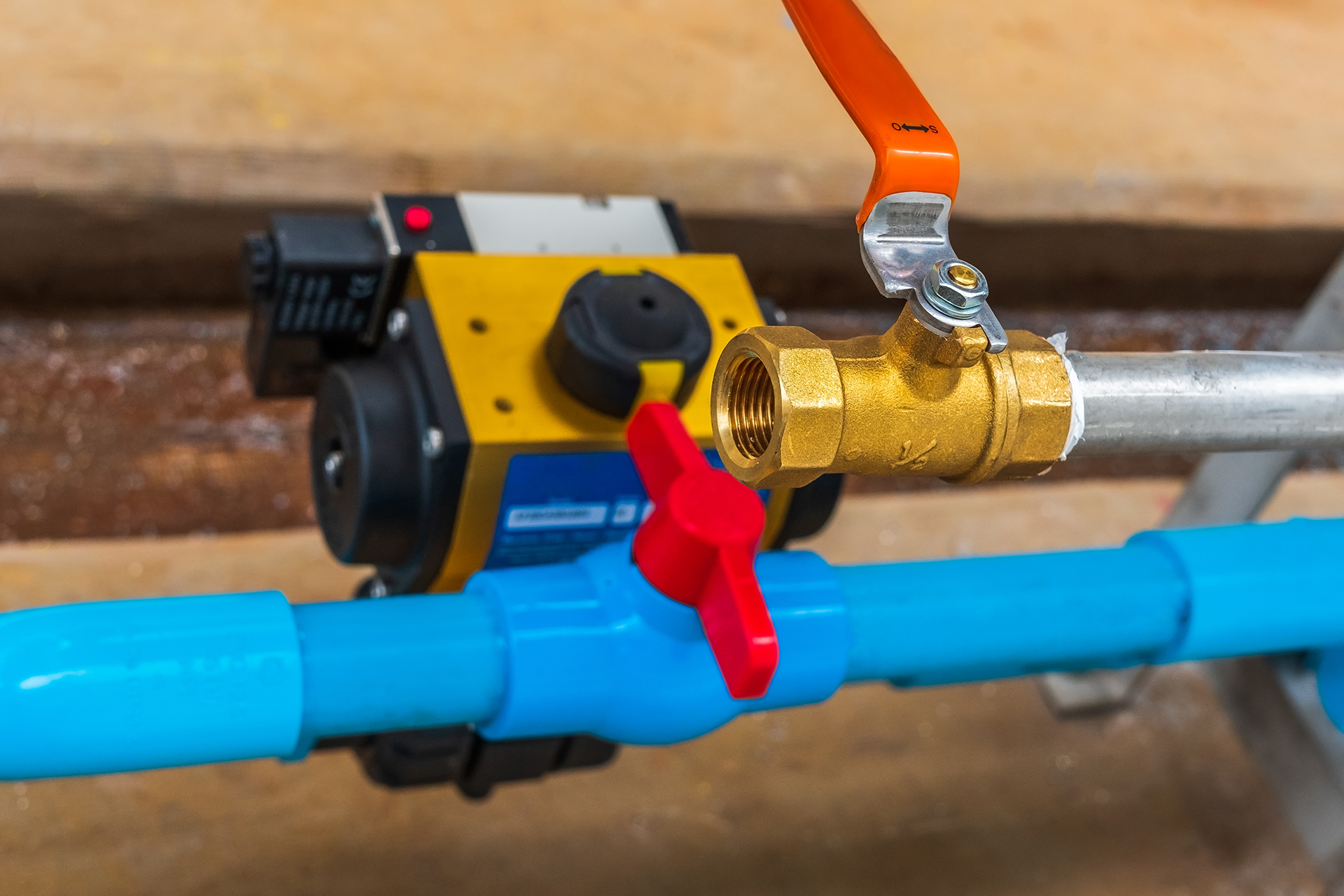




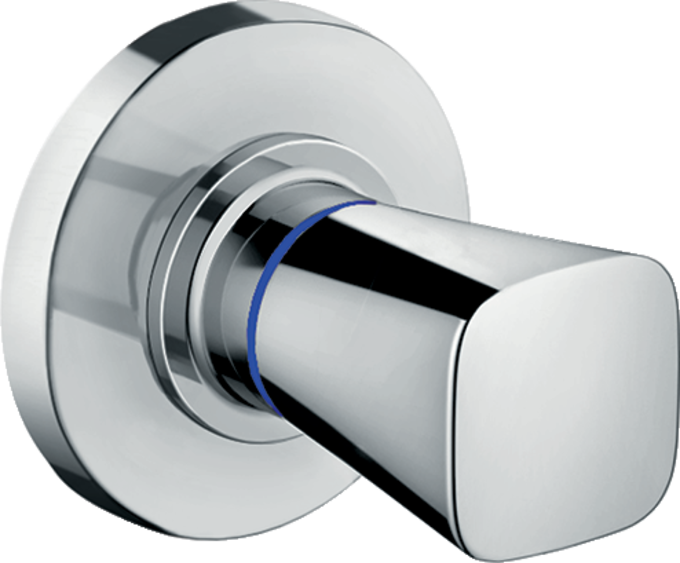


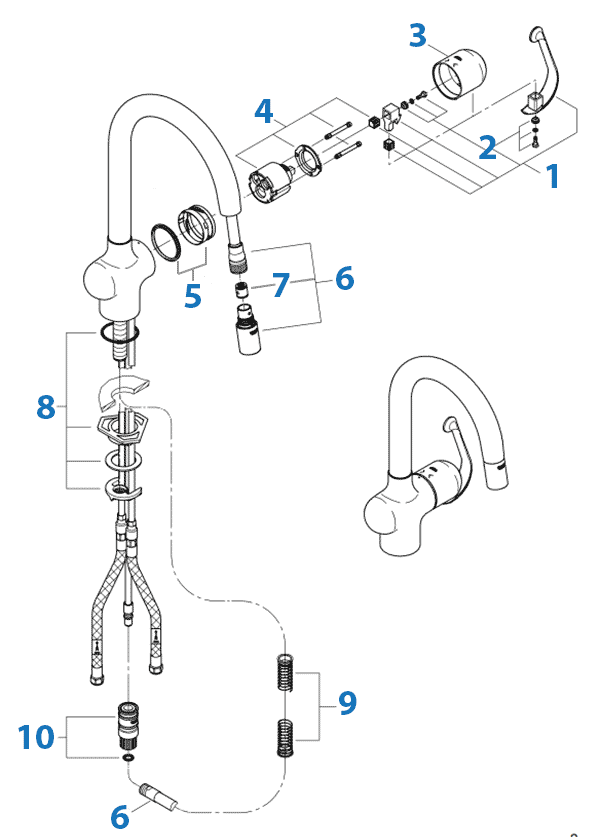






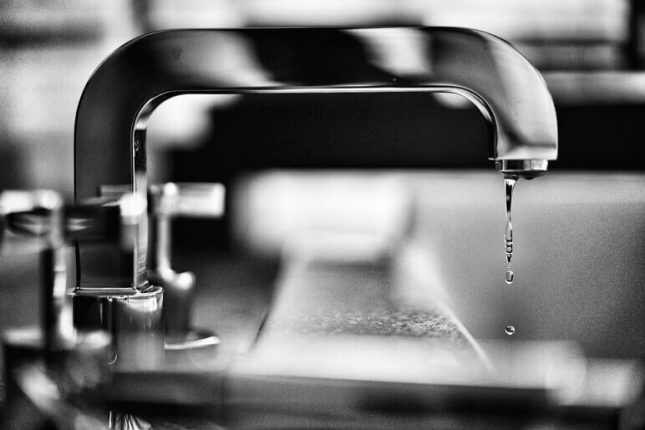









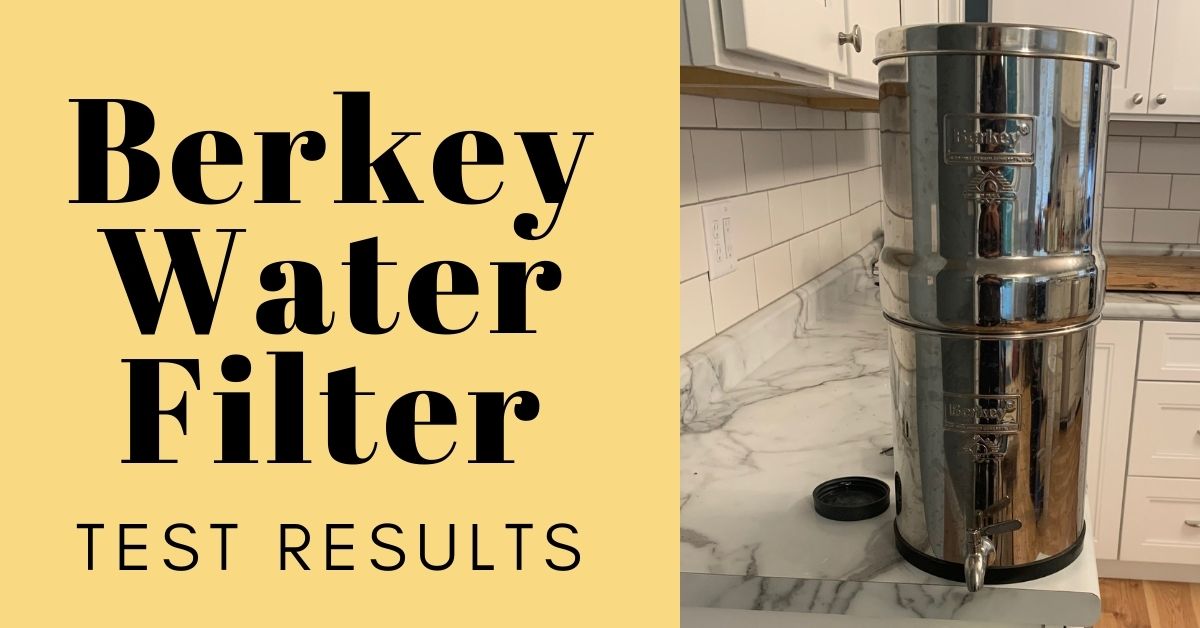


/cdn.vox-cdn.com/uploads/chorus_image/image/63879746/WaterFilter_2.0.jpg)



















